Exploring the Mixed-Up Emotions of Grief: Art Activities for Kids
/ Creative Coping : Eleanor Haley
We humans often think we have to feel one way or another. Either we are happy or we are sad. We are brave or we are afraid. We are weak or we are strong. We are lonely or we are loved. You get the picture.
Consider the example of the person who finds themselves having fun for the first time after a loved one's death and suddenly feels ashamed thinking, "Wait a minute, I'm supposed to be miserable. How can I laugh when my loved one is dead?" Though the person may know that one emotion doesn't cancel the other out, they still may find themselves feeling guilty or confused when they experience things like happiness, joy, growth, or hope for the future in the midst of their grief.
But the reality is this: We often feel many different things at one time.This was true in your pre-grief life and it is especially true now. Grief encompasses so many different emotions and these emotions are constantly changing, intertwining, and evolving. It's a lot to navigate!
Something people have an especially hard time with is when they experience seemingly conflicting emotions at the same time. People tend to assume these emotions must cancel each other out, but that's not how things work. Two (or three or four) contrasting emotions can indeed exist at the same time.
For example, on important days and milestones, you may experience feelings of celebration and happiness and also sadness because your loved one isn't present. Another example: You may feel extremely loved by your support system and also lonely when thinking about your loved one's physical absence. Finally, you may feel extremely scared at the thought of living life without your loved one, but also brave when facing challenges and painful emotions.
Sometimes it seems like living with grief is like living one lifelong paradox, so getting comfortable with the dissonance created by certain emotional experiences can be beneficial. When a person can accommodate and cope with a wide spectrum of human emotions, they may feel less inclined to run from them or to label them as wrong.
What does this have to do with kids?
Though kids are more black-and-white than adults in many ways, I also think they tend to be more flexible in some respects. Adults often throw up arbitrary barriers in their thinking—whereas, with kids, the concrete is a little less settled. So now is a good time to help kids understand that complex emotional experiences are okay and normal.
The following two exercises are geared toward helping kids increase their flexibility, acceptance, and understanding of emotion. This is a grief website, so we'll be focusing on grief... but really these work for any type of emotion and experience. As you will see, we're just going to provide you with the foundation for these activities and leave it up to you to fill in some of the details.
Activity #1: Using Paint to Explore Mixed Emotions
Supplies Needed:
- Washable or Finger Paint
- Paintbrushes
- Cups for Mixing Paint
- Paper or Canvas
- Something to Write With
- Emotion List or Chart
The Concept:
As we've discussed, it is often true that a person might experience more than one emotion at a time and sometimes these emotions seem in conflict with one another. When two emotions exist, they don't cancel each other out, but they do come together to create a whole new experience (For example, an experience that is bittersweet or happy/sad).
We'll provide you with the basic steps for this activity, but we recommend watching the video at the end of this post for further details if needed. Once you get the gist of what we're going for, sit down and fill in the details based on the child(ren) you are working with and their specific needs.
(1) Begin with a Conversation:
Before starting this conversation, think about the ways you can help kids explore this concept. How you frame this conversation will depend on things like your group's age and experiences. You may wish to ask questions, explore whether they think certain emotions are opposites, etc.
No matter what, we recommend brainstorming the many feelings, experiences, and sensations kids experience in their grief. If you are doing this with a group and have a whiteboard or chalkboard, write the answers down where everyone can see them. It may be useful to have that emotion list/emotion chart on hand for this conversation.
Write down everything kids share, even if they aren't technically emotions. If the kids suggest somatic experiences like a stomachache or a lump in their throat, that's okay too. These may be emotional experiences that they do not have the emotion-related vocabulary to name. If appropriate, help them to label the emotions related to this somatic experience (like fear, worry, sadness).
(2) Mix the Emotions:
Get out your supplies.
Have the child think about the experience of grief in general, or about a specific experience (e.g., a memory you have with your mom).
Next, ask them to name an emotion that comes to mind when thinking about this experience (e.g., sadness).
Next, ask them: "If this emotion were a color, what would it be?"
Squirt some of that color into one of the empty mixing bowls.
Then, ask them to name another emotion that comes to mind (e.g., love).
Then, repeat your earlier question: "If this emotion were a color, what would it be?"
Squirt some of the second color into the same mixing bowl.
Now that you have combined two colors, have the child mix them together.
Talk to them about how the colors exist together—they don't cancel each other out, but rather they mix together to create something new.
(3) Paint:
There are a few different things that you can do with your new paint colors. Below, you will see that I chose to paint the mixed up colors into circles and to have children name their new color. If you're doing this in a group, have a little show-and-tell where children have the opportunity to show the group their favorite color and to tell the emotions that created that color.
If you prefer to give the kids a little more freedom, provide them with a sheet of paper and either give them a prompt, draw an outline for them to color inside of, or let them paint freestyle.
Activity #2: Using Sand to Explore Mixed Emotions
Supplies Needed:
- Colored Sand
- Transparent Glass or Plastic Container (With Lid)
- Funnel
The Concept and Conversation:
This activity is even more basic than the last one. The idea is to think about the many different emotional experiences related to grief, choose corresponding colors for these specific emotions, and fill the containers with these emotions. With this activity, you're going to want to have a conversation similar to the one mentioned above. However, this activity lends itself best to focusing broadly on the general grief experience.
Fill Your Container with Grief Emotions:
Get out your supplies.
Have the child think about grief and ask them to name an emotion that comes to mind (e.g., sadness).
Next, ask them: If this emotion were a color, what would it be?"
Pour some of that color of sand into the container (having the child do the pouring, if possible). Tell them it's up to them to decide how much of each color/emotion they want to add to their container.
Next, ask them to name another emotion that comes to mind (e.g., love).
Then, repeat your earlier question: "If this emotion were a color, what would it be?"
Pour some of this color into the container. Again, let the child determine how much.
Repeat until the container is filled.
Talk to the child about how the emotions all exist together.
If you (or the child) prefers, leave a little space in the container and let them shake it up because grief is messy and sometimes everything feels all mixed together. (Just note that, if you shake the container up, the end product obviously won't look as neat and tidy as the one pictured above).
If you're doing this in a group, give children an opportunity to share about the emotions they added to their container.
For a more detailed explanation of these activities, check out the video below:
Subscribe to What's Your Grief to get more coping activities sent straight to your inbox!
We wrote a book!
After writing online articles for What’s Your Grief
for over a decade, we finally wrote a tangible,
real-life book!
What’s Your Grief? Lists to Help you Through Any Loss is for people experiencing any type of loss. This book discusses some of the most common grief experiences and breaks down psychological concepts to help you understand your thoughts and emotions. It also shares useful coping tools, and helps the reader reflect on their unique relationship with grief and loss.
You can find What’s Your Grief? Lists to Help you Through Any Loss wherever you buy books:

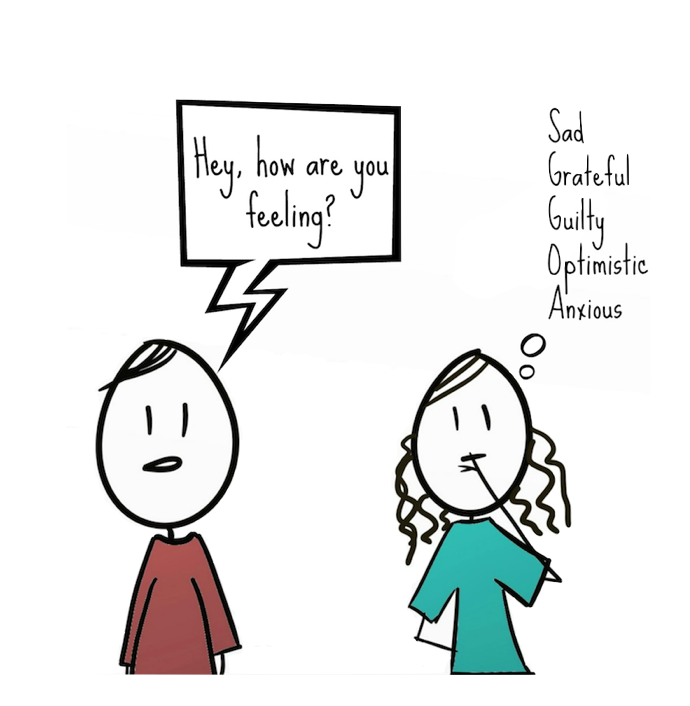
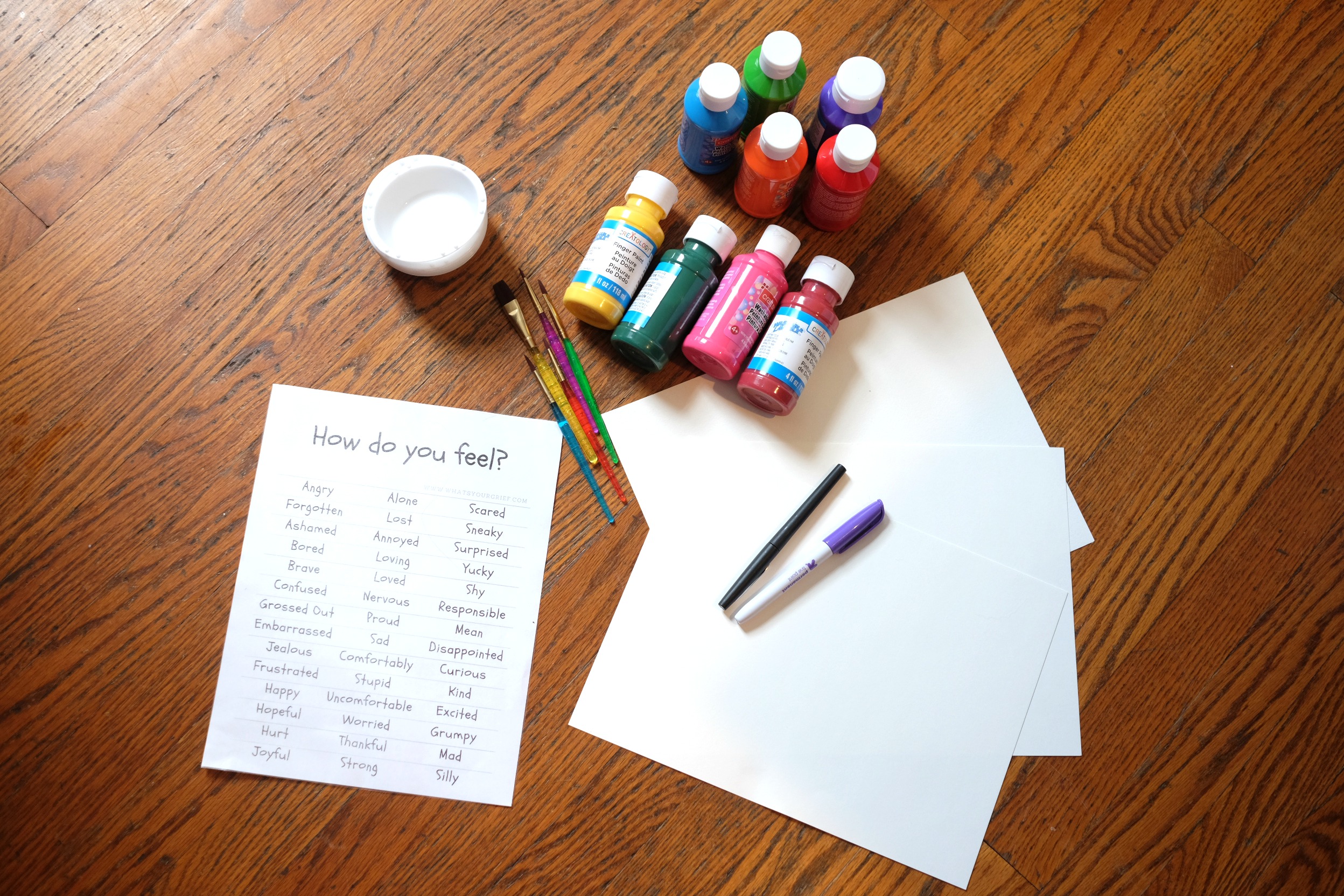

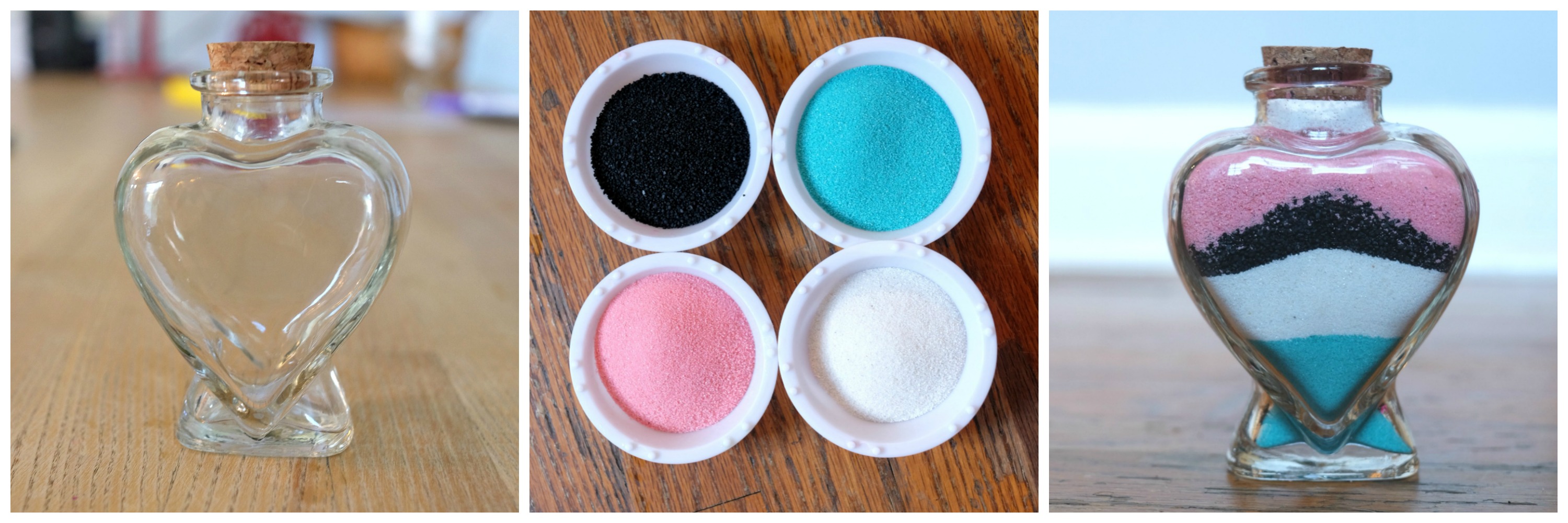
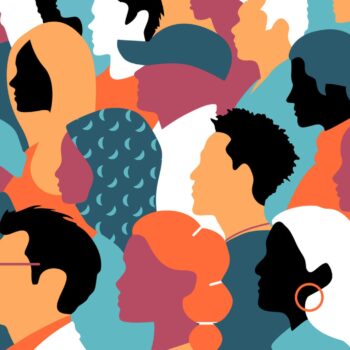

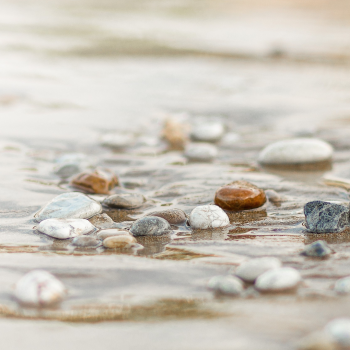
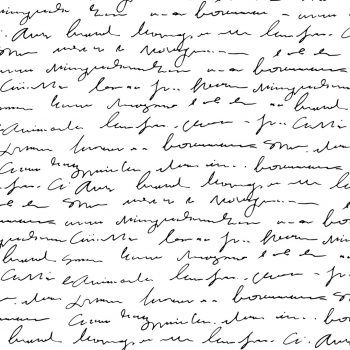
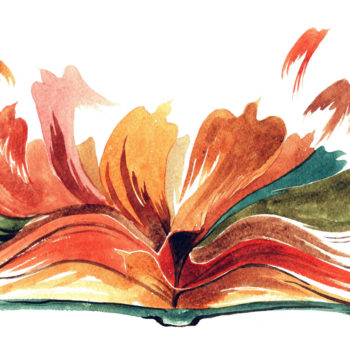
Mallory January 22, 2019 at 5:20 pm
These are amazing activities to try! I am a Bereavement Coordinator with a non-profit grief support program and we tried this last week with the families attending our program and it went over really well. We were able to buy a bulk supply of sand in a bunch of different colors from Hobby Lobby and used pint size mason jars. I definitely recommend this for active grief groups or for parents/caregivers to try at home with their kids!
Patricia October 1, 2018 at 11:09 am
I LOVE these ideas. I will be trying both of them with my clients. The paint is perfect for the children I see and the sand will work great with the adults. Thanks for posting these.